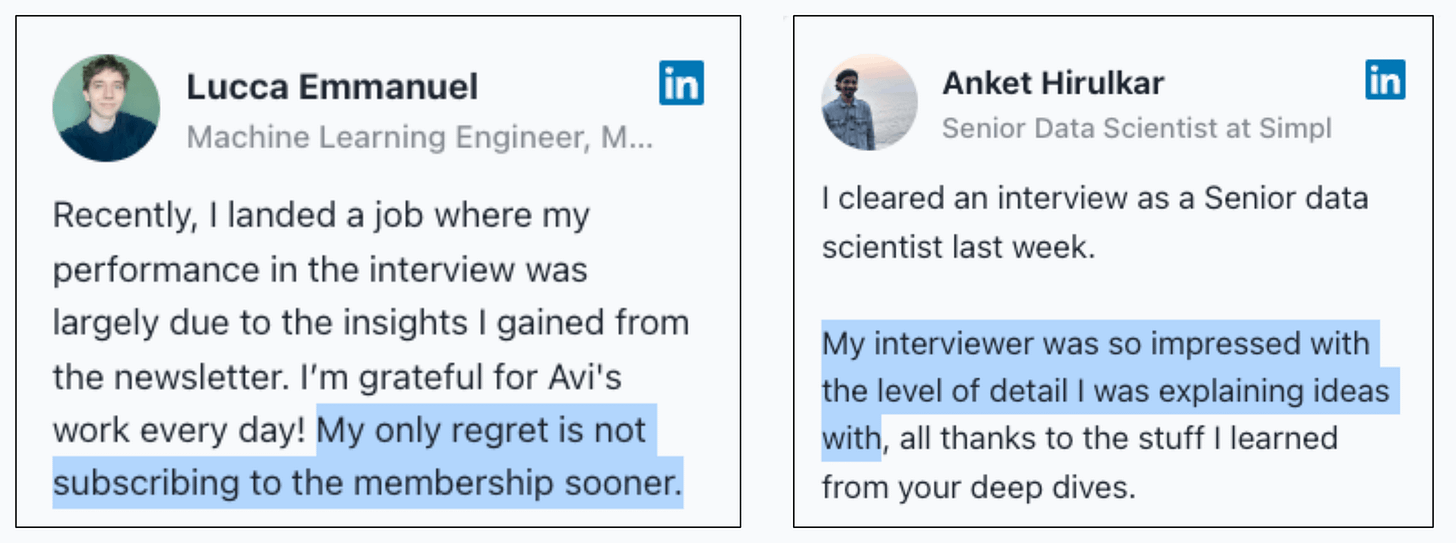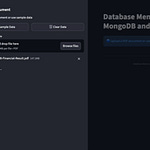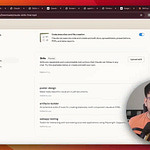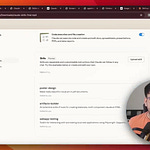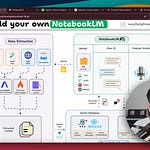Practical deep dives on building RAG systems have been a long-requested topic by many of you.
So we decided to start starting a new crash course series about it.
The first part is available here: A Crash Course on Building RAG Systems – Part 1 (With Implementation).
The final outcome of this specific part is the RAG demo video shown above.
Why care?
Over the last couple of weeks, we have spent plenty of time understanding the key components of real-world NLP systems (like the deep dives on bi-encoders and cross-encoders for context pair similarity scoring).
RAG is another key NLP system that got massive attention due to one of the key challenges it solved around LLMs.
More specifically, if you know how to build a reliable RAG system, you can bypass the challenge and cost of fine-tuning LLMs.
That’s a considerable cost saving for enterprises.
And at the end of the day, all businesses care about impact. That’s it!
Can you reduce costs?
Drive revenue?
Can you scale ML models?
Predict trends before they happen?
Thus, the objective of this crash course is to help you implement reliable RAG systems, understand the underlying challenges, and develop expertise in building RAG apps on LLMs, which every industry cares about now.
Like always, we start with the technical foundations and then get into a hands-on demo of building a RAG app.
Of course, if you have never worked with LLMs, that’s okay.
We cover everything in a practical and beginner-friendly way.
Read the first part here: A Crash Course on Building RAG Systems – Part 1 (With Implementation).
Have a good day!
Avi
P.S. For those wanting to develop “Industry ML” expertise:
We have discussed several other topics (with implementations) in the past that align with such topics.
Here are some of them:
Learn sophisticated graph architectures and how to train them on graph data: A Crash Course on Graph Neural Networks – Part 1
Learn techniques to run large models on small devices: Quantization: Optimize ML Models to Run Them on Tiny Hardware
Learn how to generate prediction intervals or sets with strong statistical guarantees for increasing trust: Conformal Predictions: Build Confidence in Your ML Model’s Predictions.
Learn how to identify causal relationships and answer business questions: A Crash Course on Causality – Part 1
Learn how to scale ML model training: A Practical Guide to Scaling ML Model Training.
Learn techniques to reliably roll out new models in production: 5 Must-Know Ways to Test ML Models in Production (Implementation Included)
Learn how to build privacy-first ML systems: Federated Learning: A Critical Step Towards Privacy-Preserving Machine Learning.
Learn how to compress ML models and reduce costs: Model Compression: A Critical Step Towards Efficient Machine Learning.
All these resources will help you cultivate key skills that businesses and companies care about the most.
SPONSOR US
Get your product in front of 100,000 data scientists and other tech professionals.
Our newsletter puts your products and services directly in front of an audience that matters — thousands of leaders, senior data scientists, machine learning engineers, data analysts, etc., who have influence over significant tech decisions and big purchases.
To ensure your product reaches this influential audience, reserve your space here or reply to this email to ensure your product reaches this influential audience.



